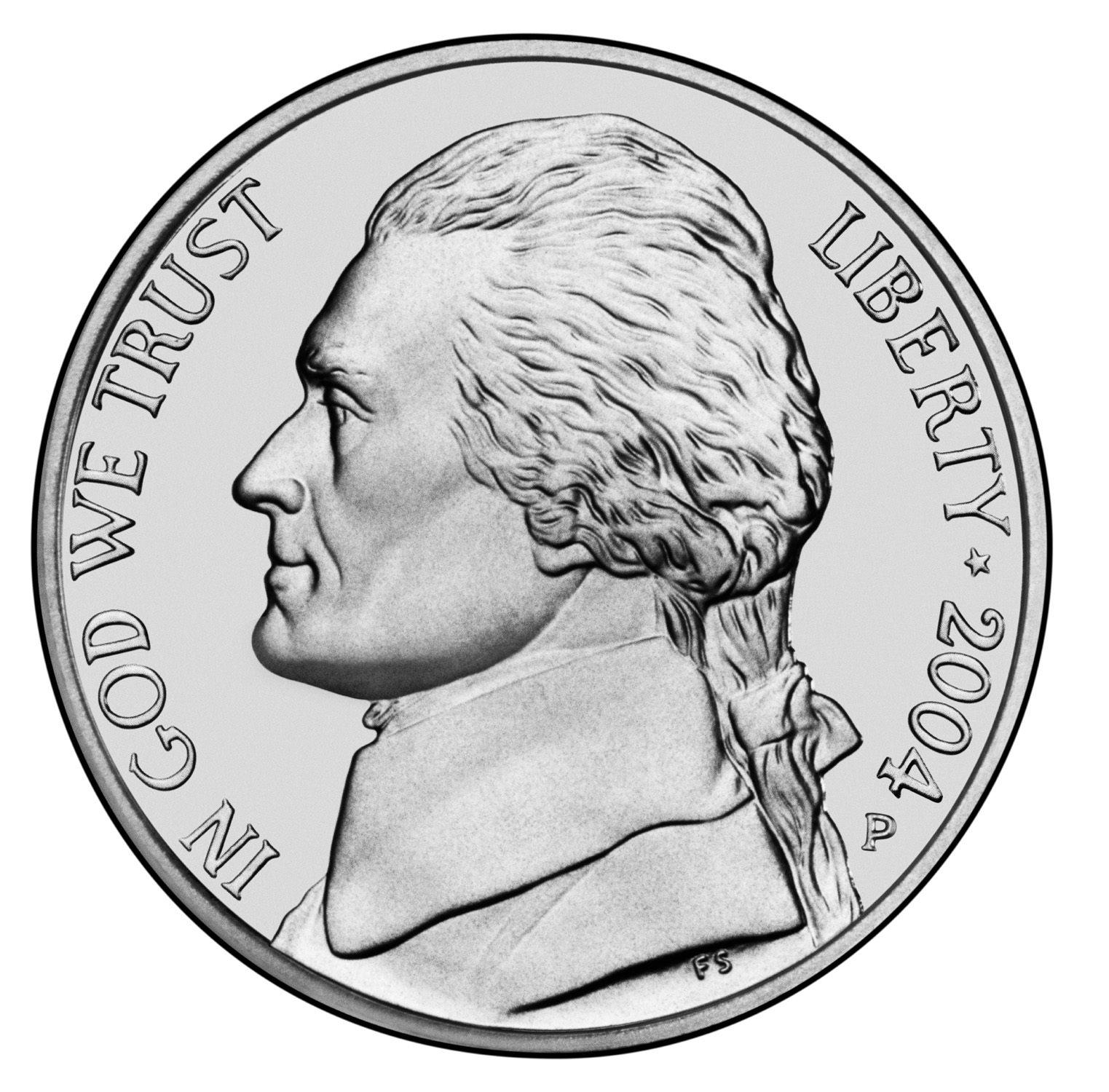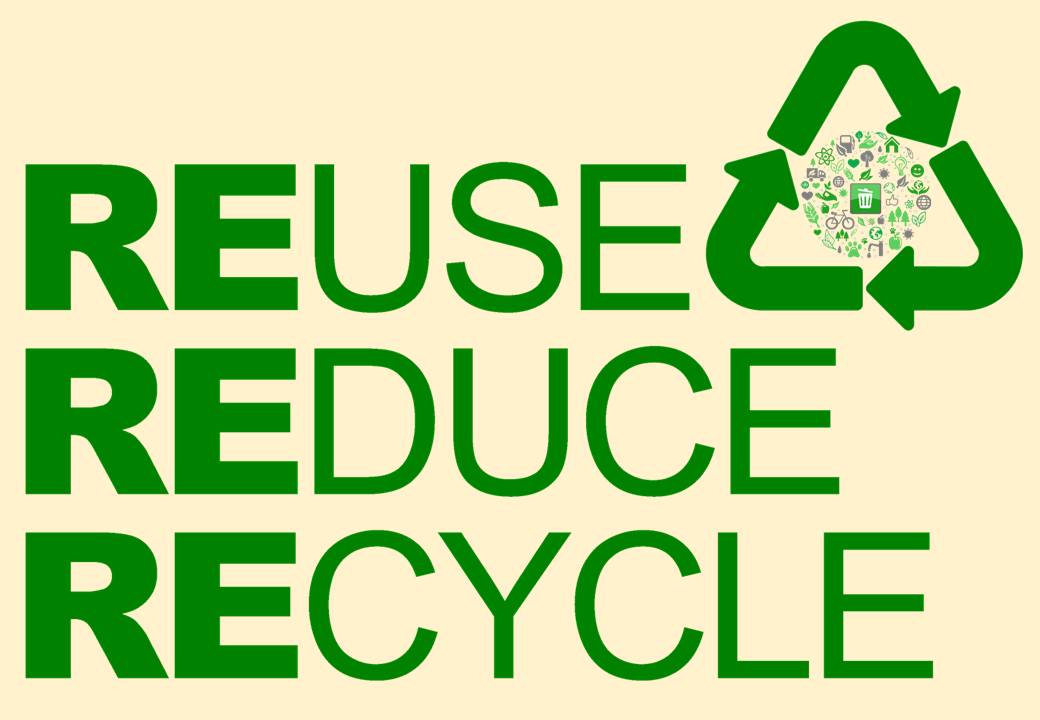
It’s driving the electric vehicle and renewable energy revolution, but nickel has vexed miners and chemists since the earliest days. In fact, nickel got its name because of its difficult nature. Nickel – from German “Kupfernickel” or “Old Nick’s Copper.” Miners who discovered nickel thought it was copper but were never able to extract copper from it. They named it after their term for the devil: “Old Nick.” In a side note, nickel’s etymology also gives us a favorite bread: “Pumpernickel,” perhaps because the devil enjoyed this dark loaf.

.Nickel is valuable for its ferromagnetic properties: it is one of four with such powers. The others are cobalt, gadolinium, and iron. Over 60% of world nickel production makes its way to becoming stainless steel.

When such steel is no longer serviceable, it can be scrapped and recycled, turning the nickel back into use for more stainless steel, or – increasingly – batteries including nickel-cadmium or NiCad batteries.

Presently, only 4% of the world’s nickel is used in rechargeable batteries, but with electric vehicles that market is growing, accelerating demand. Another developing use for nickel – wind turbine blades, where nickel is used as a superalloy.

Nickel was at one time so abundant that in 1881, a coin in Swiss currency was made from pure nickel. In the United States, the coin called the “nickel” was introduced in 1857, but it was made with nickel alloyed with copper.

Despite its name as an American coin (the origin of the term is actually German), there is not much nickel found in the United States, although there is a mine in Riddle, Oregon that produced 15,000 tons (in 1996). That same year, Russian nickel mines yielded 230,000 tons, followed by Canada (183,000 tons), Australia (113,000 tons), and Indonesia (90,000 tons).Trading as a commodity, nickel’s pricing per ton ranged from 15,614 to 25, 076 in 2024. Metals like nickel are traded on the London Metal Exchange (LME).

Like cobalt, nickel can be found in the deep seabed. In fact, exchange prices – like those on the London Metal Exchange – for nickel and cobalt, are influenced by estimates of deposits located in the seabed. In particular, cobalt and nickel are inter-related, often found together. On land, their mining is known, although not often enough followed by recycling and re-use. Under leagues of water, the process is not tested, and is also contested.
Another place nickel may be found is in the sky. Asteroids, especially those categorized as M-type or M-class, contain iron and nickel. But the search will be long: only 8% of asteroids, like Lutetia (see in image below) are M-type.

Cobalt, nickel, and other minerals and metals that are critical for use in renewable energy are recyclable and reusable. Yet, the International Seabed Authority is reviewing contracts for nickel mining. Asteroid mining companies are also in the race. But nickel recycling may be a better bet and more certain investment. Nickel recycling has been expensive and difficult, requiring high heat and releasing toxic fumes. In former times, it may have seemed easier to obtain primary nickel (mined) than to pay for secondary nickel (recycled). Tax credits and rebates could help.

But innovation-leading companies including Aqua Metals in Reno, Nevada, USA, and ABTC, as well as the Nevada Center for Applied Research (NCAR) at the University of Nevada, Reno and Greentown Labs, may change the way we use – and reuse – nickel. Presently 68% of all nickel already mined is recycled, but 17% is still dumped in landfills. Will the recent Declaration of Metals Industry Recycling Principles help to make mineral and metal recycling the industry standard?

While fossil fuels are used up when combusted (leaving greenhouse gases), minerals and metals are not depleted because they only conduct and store energy. Minerals and metals can be recycled and reused. Have a nickel in your pocket? Be the change.
Aqua Metals. https://aquametals.com
Brooke, K. Lusk. “Maximizing Minerals, Part 1, Cobalt.” https://blogs.umb.edu/buildingtheworld/2024/04/17/energy-water-maximizing-minerals/
Liberman, Anatoly. “Multifarious Devils: Pumpernickel, Nickel, and Old Nick,” 12 June 2013. Oxford University Press Blog. https://blog.oup.com/2013/06/pumpernickel-etymology-word-origin/
Nevada Center for Applied Research, University of Nevada, Reno. https://unr.edu/ncar
Nickel Institute. “Nickel.” https://nickelinstitute.org
United States Geological Survey (USGS). Mineral Resources Program. https://pubs.usgs.gov/fs/2011/3081/pdf/fs2011-3081.pdf
Building the World Blog by Kathleen Lusk Brooke and Zoe G. Quinn is licensed under a Creative Commons Attribution-NonCommercial-NoDerivs 3.0 U
